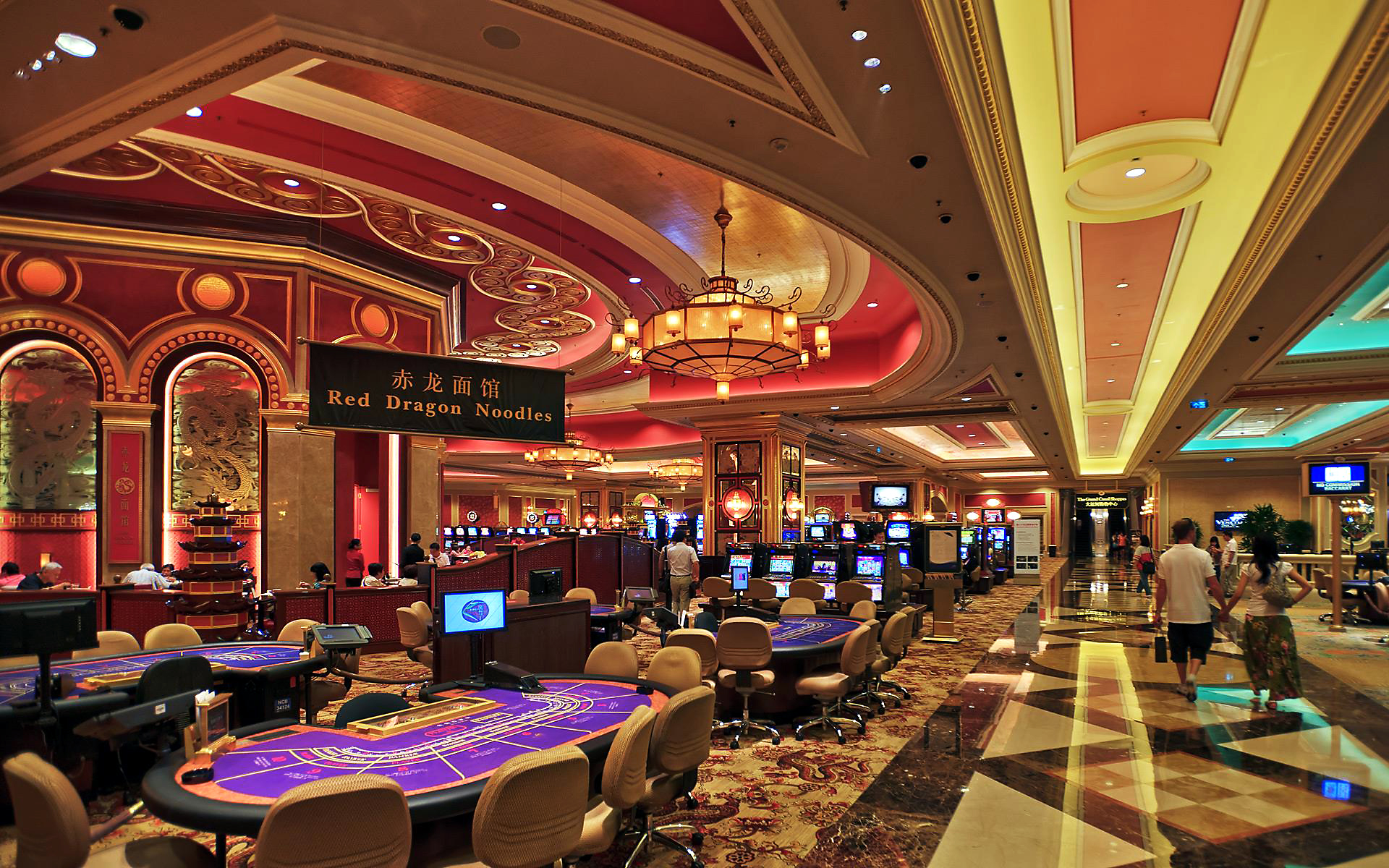
Casino experiences have long captivated people’s attention, drawing players into a realm filled with fortune, tactics, and the allure of adventure. Each experience is carefully crafted not just for fun, but also to evoke particular emotional responses that keep players engaged and invested. Understanding the drives behind these designs reveals much about how psychology plays a vital role in the gaming experience.
From the dazzling lights and lively sounds to the complex layering of systems and rewards, casino games are designed to create an atmosphere of anticipation and eagerness. Game designers leverage mental cues to influence participant behavior, whether through the use of big prizes, close-call situations, or social interactivity. By examining these elements, we can better appreciate how casino games fulfill not just a desire for entertainment, but underlying psychological needs for excitement and uncertainty.
Comprehending Player Behavior
Casino games are engineered with a profound understanding of player psyche, which is crucial for luring and keeping players. The thrill of the game, combined with the hope of winning, produces a strong attraction. Game designers utilize elements like sonic elements, vibrant graphics, and engaging gameplay to seize attention and elicit emotional responses. These sensory elements enhance the total environment, making players feel more involved in the game.
Another notable aspect of player behavior is the idea of risk/reward dynamics. Casino games often balance high-risk scenarios with the potential for significant rewards, which can lead to the phenomenon known as near-miss effect. When players come near to winning, the brain releases dopamine, bolstering their behavior and motivating them to persist playing in quest of that fleeting win. This cycle of anticipation and letdown plays a crucial role in how games are structured and marketed.
Lastly, social elements also play a critical role in player behavior at casinos. Many games are designed to be played in groups or in company with other players, fostering a sense of togetherness and communal experience. The interaction inherent in games like poker enhances enjoyment and can lead to longer play sessions. Designers capitalize on this by creating environments that encourage players to linger, interact, and come back, making the overall casino experience more inviting.
The Role of Imagery and Audio
Visuals and audio play a crucial role in elevating the gambler’s experience within casino games. Designers utilize vibrant colors, striking graphics, and engaging animations to capture players’ attention and maintain their focus. The use of motifs, such as adventure or opulence, helps create an immersive atmosphere that transports players into another world. By appealing to the senses, these elements contribute to a heightened emotional response, prompting players to engage more profoundly with the games.
Sound design is just as important in enhancing the experience of casino games. The mix of background music, sound effects for winning combinations, and ambient noises creates an auditory landscape that keeps players enthralled. Sounds associated with wins, such as chiming bells or celebratory music, evoke feelings of thrill and reward, encouraging players to keep playing. These audio cues are carefully placed to amplify the excitement of the game and create a more engaging experience.
Moreover, the synchronization of visuals and sound is important for supporting the game’s overall concept and atmosphere. Each element should align seamlessly to create a unified experience that draws players in. The effective use of this synergy not only enhances user enjoyment but also increases the chances of repeat play, as players become more engaged in the immersive world that the casino games offer. This thoughtful integration of visuals and audio ultimately enhances player engagement and commitment.
Incentive Systems and Engagement
The design of gambling experiences heavily depends on incentive structures to ensure players involved and returning for more. These structures are based in psychological theories that take advantage of human behavior and motivation. Players are often driven by the excitement of winning, which is reinforced by immediate feedback through the game’s mechanics. This instant gratification not just enhances the overall experience but also fosters a feeling of achievement, prompting participants to continue playing in hopes of greater gains.
Casinos utilize various reward structures, such as jackpots, extra rewards, and increased rewards, to captivate players. These features create a level of thrill that sustains interest. Additionally, the unpredictability of outcomes plays a significant role in keeping attention. The intermittent reinforcement schedule, where wins are unpredictable but occur often enough, maintains players on edge and driven to keep playing. This loop of anticipation and expectation is essential to the success of gambling experiences.
In addition, community aspects, such as tournaments and multiplayer features, boost the participation factor by tapping into the competitive nature of players. The shared experience of gaming with others can amplify the excitement of success and create a sense of community within the casino. W88 By integrating these social dynamics with effective reward systems, gambling experiences don’t just provide entertainment but also nurture a stronger bond among participants, solidifying their commitment to the gaming experience.
